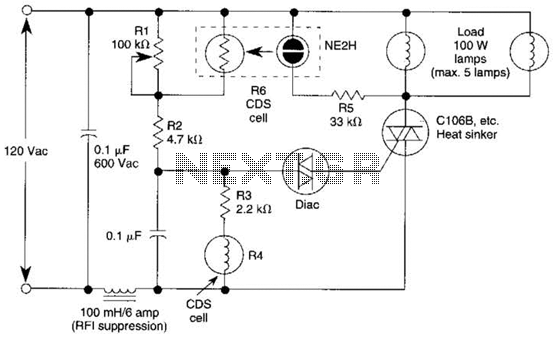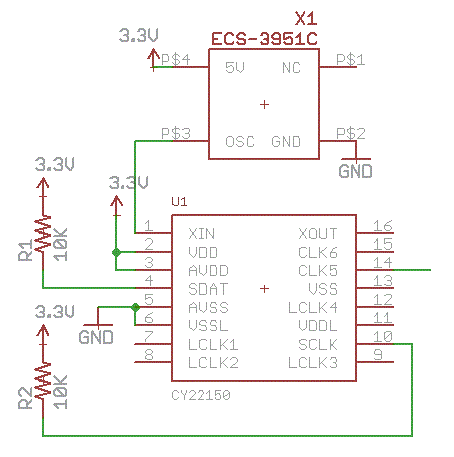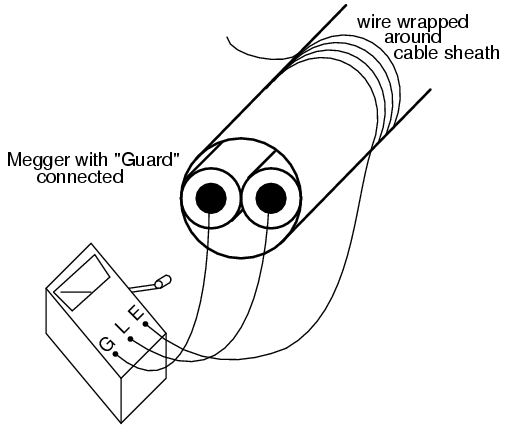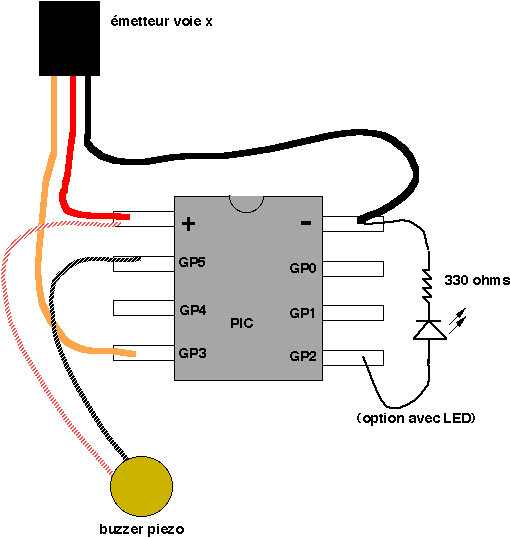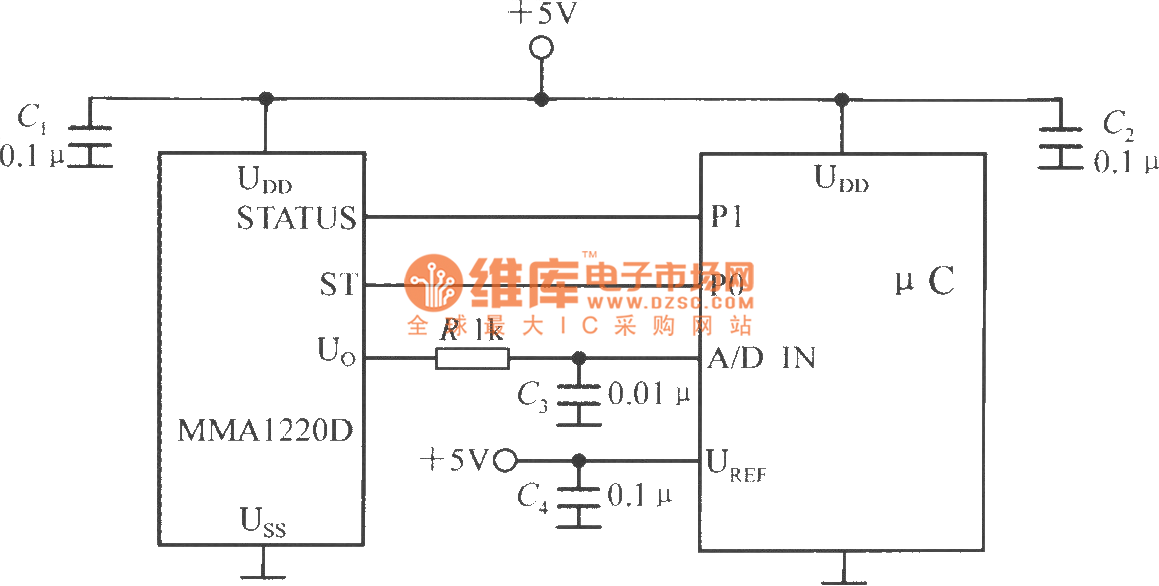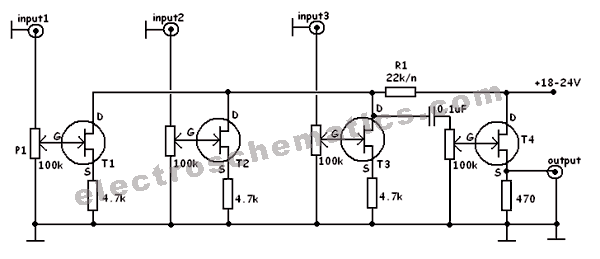
Thyristor circuit with 100W 700W and 1000W output power
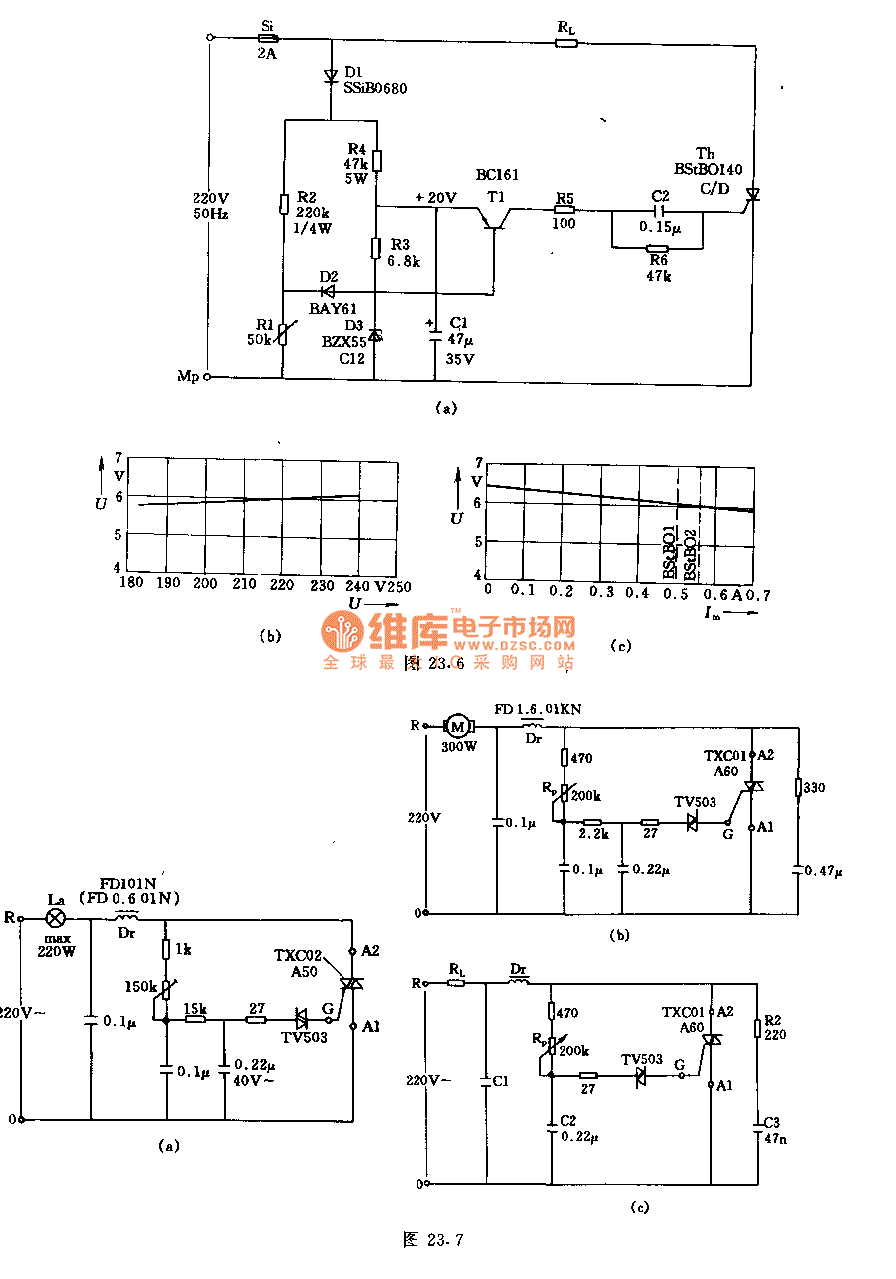
This is a non-contact power regulator circuit designed for a light load. By adjusting a 150kΩ potentiometer, phase shift can be achieved, and a trigger voltage is applied to the gate of a bidirectional thyristor through a bidirectional trigger to control conduction. Main technical data includes: network voltage of 220±10% V, an adjustable output voltage range of 10 to 230 V, and power ratings of 100 W and 700 W.
The non-contact power regulator circuit operates by utilizing a bidirectional thyristor, which allows for the control of AC loads without direct electrical contact. The circuit is designed to modulate the power delivered to a load, in this case, a light load, by adjusting the phase angle of the AC waveform. The phase shift is achieved through the use of a 150kΩ potentiometer, which alters the timing of the trigger signal sent to the thyristor gate.
The circuit is powered by a standard AC supply voltage of 220 V, with a tolerance of ±10%, making it versatile for various applications. The output voltage can be adjusted between 10 V and 230 V, providing flexibility in controlling the brightness or power of the connected load. The power ratings of 100 W and 700 W indicate that the circuit can handle a range of load requirements, making it suitable for different lighting applications.
In operation, the bidirectional trigger circuit ensures that the thyristor is turned on at the desired phase angle, which is determined by the setting of the potentiometer. This allows for smooth control over the power delivered to the load, enhancing energy efficiency and extending the lifespan of the connected devices. The design of the circuit is focused on simplicity and effectiveness, making it an ideal solution for applications requiring non-contact power regulation.This is a non-contact power regulator circuit, the load is light La. To change 150k? potentiometer can achieve phase shift, and adding trigger voltage to bidirectional thyristor gate through bidirectional trigger, to control the conduction. Main technical data: network voltage: 220±10%V; the adjustable range of output voltage: 10~230V; power: 100W, 700W..
🔗 External reference
The non-contact power regulator circuit operates by utilizing a bidirectional thyristor, which allows for the control of AC loads without direct electrical contact. The circuit is designed to modulate the power delivered to a load, in this case, a light load, by adjusting the phase angle of the AC waveform. The phase shift is achieved through the use of a 150kΩ potentiometer, which alters the timing of the trigger signal sent to the thyristor gate.
The circuit is powered by a standard AC supply voltage of 220 V, with a tolerance of ±10%, making it versatile for various applications. The output voltage can be adjusted between 10 V and 230 V, providing flexibility in controlling the brightness or power of the connected load. The power ratings of 100 W and 700 W indicate that the circuit can handle a range of load requirements, making it suitable for different lighting applications.
In operation, the bidirectional trigger circuit ensures that the thyristor is turned on at the desired phase angle, which is determined by the setting of the potentiometer. This allows for smooth control over the power delivered to the load, enhancing energy efficiency and extending the lifespan of the connected devices. The design of the circuit is focused on simplicity and effectiveness, making it an ideal solution for applications requiring non-contact power regulation.This is a non-contact power regulator circuit, the load is light La. To change 150k? potentiometer can achieve phase shift, and adding trigger voltage to bidirectional thyristor gate through bidirectional trigger, to control the conduction. Main technical data: network voltage: 220±10%V; the adjustable range of output voltage: 10~230V; power: 100W, 700W..
🔗 External reference
